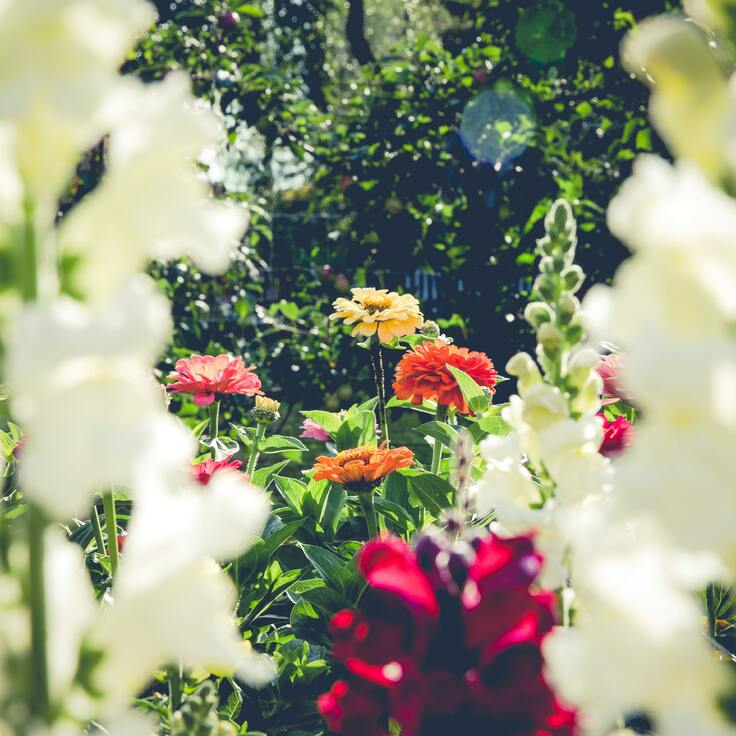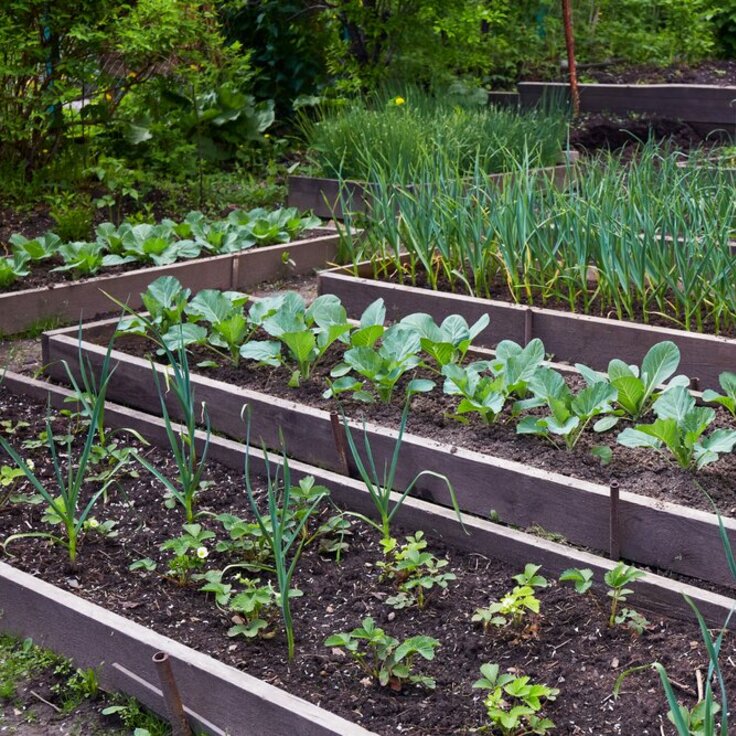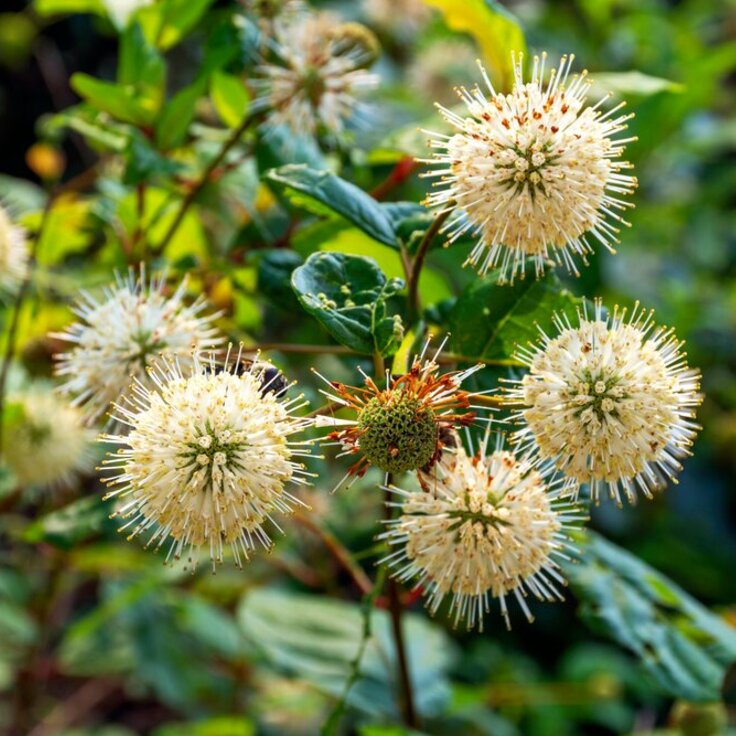Fresh strawberries are a delectable summer treat
Fresh strawberries are a delectable summer treat whether eaten right out of the garden, in homemade ice cream, old-fashioned strawberry shortcake, jelly, jam, or other desserts. Berries from the grocery store produce department are no match for growing your own delicious juicy fruits in your own garden. Strawberries are easy to grow and with the right conditions the same plants can produce fruit for up to five years before they need to be replaced.
There are three main types of strawberries plants and many varieties of each type. Which you choose depends on whether you want to eat fresh berries all summer or have a large crop within a short period of time for freezing or canning.
June bearing strawberry varieties will produce one large single crop in the late spring over a period of two to three weeks. The largest berries will be from June-bearing plants. These varieties make many runners that create “daughter” plants where they touch the soil.
Plant individual berry plants in an alternating pattern 18 inches apart with four and a half feet between the rows. This gives the runners room to spread as they wish, but if you give them half a chance they will take over the yard too! Train the runners toward empty spots between the plants and secure the ends to the soil with a small rock so they will root and make daughter plants. Before long, the plants will form a lovely green mat.
In a spaced row system, plants should be placed 18" apart in rows that are three to four feet apart. Spaced rows produce a higher yield and larger berries with fewer disease problems. Guide the daughter plants to spaces between the mother plants so they are about six inches apart and make rows about two feet wide. Cut off any extra runners.
Pinch off any blossoms that appear the first year that you plant June-bearers. This will encourage the plants to grow vigorously and produce more runners. Your payoff comes the next summer when they will be bursting with wonderful strawberries!
Everbearing varieties will produce two or three harvests of fruit throughout the growing season and will produce a full crop the first season. They do not make many runners. Day neutral strawberries will produce throughout the growing season and also offer few runners. Both varieties are good for gardens with limited space or container gardening and produce small flavorful berries. Everbearing and day neutral berries are best planted in groups of two or three plants on hills that are eight inches high and two feet wide. Stagger the hills twelve inches apart. If space is tight, consider planting them in strawberry pots (containers with pockets around the sides), hanging baskets or containers. Remove any runners to allow more crowns and flower stalks to develop and pinch off any blossoms that appear until the first of July. Pinching off some of the blossoms after they begin to form tiny berries will allow the remaining berries to grow larger.
Whichever variety of strawberry you choose, the garden preparation, fertilization, sunlight and watering requirements are the same.








